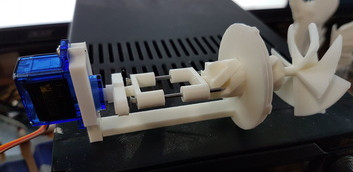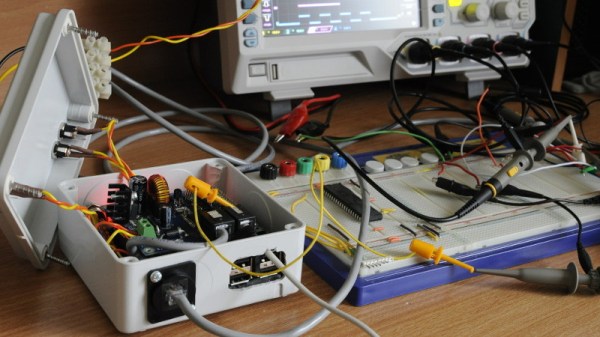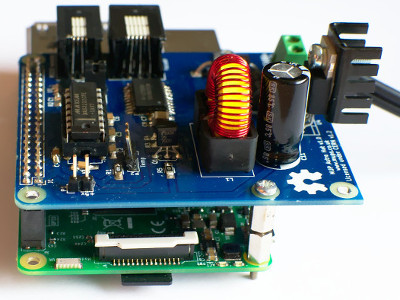While there’s broad agreement that Meltdown and Spectre attacks are really bad news at a fundamental level, there is disagreement on its immediate practical impact in the real world. Despite reassurance that no attacks have been detected in the wild and there’s time to roll out the full spectrum of mitigation, some want to find protection right now. If you’re interested in an usable and easy to set up modern desktop that’s free of Meltdown or Spectre threats, a Raspberry Pi can provide the immunity you seek.
[Eben Upton] explained the side channel attacks using fragments of Python for illustration, which was an enlightening read independent of the Raspberry Pi pitch. While these ARM cores perform speculative instruction fetches, they don’t speculatively execute them or modify the cache. Under the current circumstances, that makes all the difference in the world.
A clever security researcher may yet find a way to exploit speculative fetches in the future, and claiming that Raspberry Pi has superior security would be a stretch. The platform has its own set of security problems, but today Meltdown/Spectre is not among them. And that just might be enough to sway some decisions.
If you need to stay in the x86 world, look over what it’d take to to rewind back to an Intel 486.
Thanks to [D00med] for sharing the link in a comment to our overview article.



















